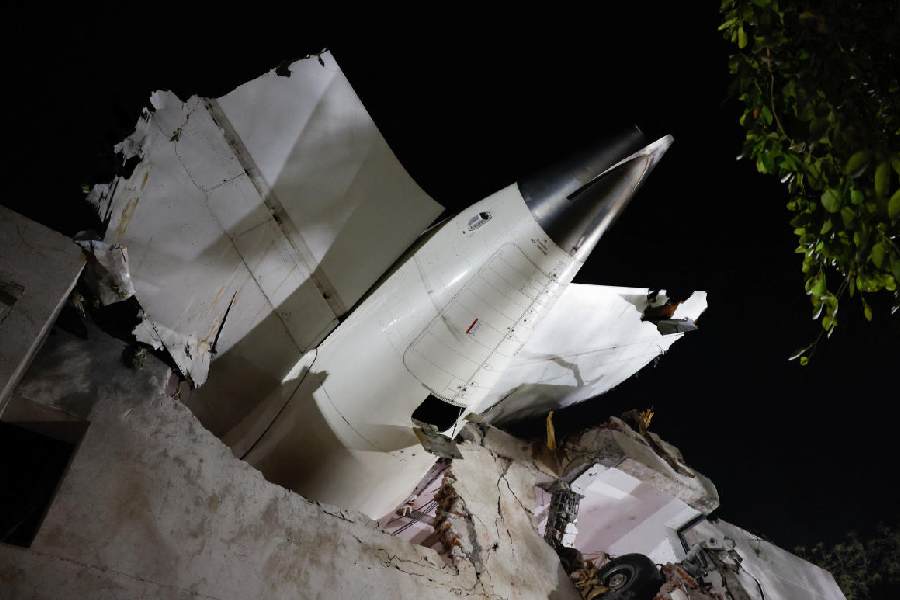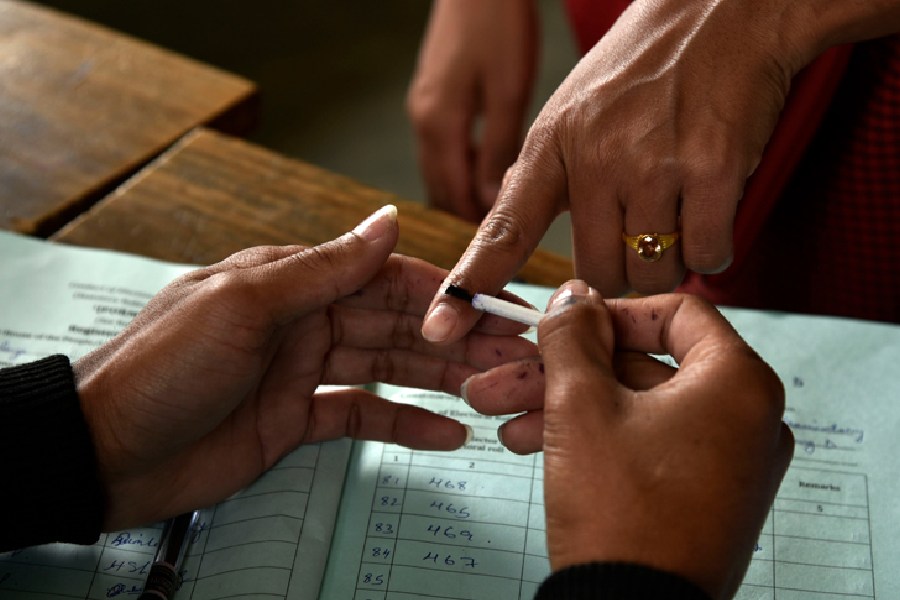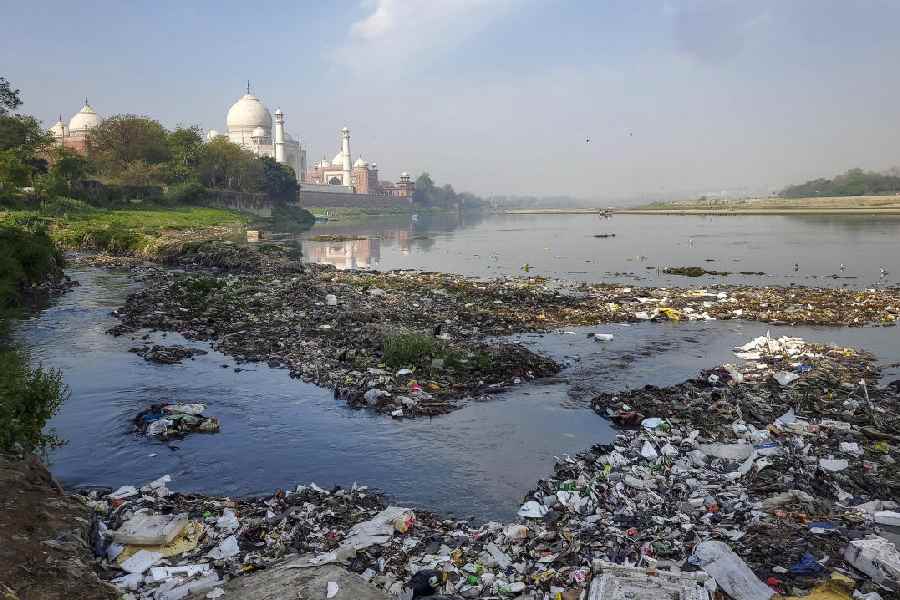
Picture by UB Photos
Guwahati, May 4: The Asom Gorkha Sammelan today supported March 25, 1971, as the cut-off date for detection and deportation of illegal migrants from the state.
The Centre, the state government and the All Assam Students’ Union have all agreed to this date.
The group said the date, mentioned in the Assam Accord, should be adhered to for a permanent solution to the vexed foreigners issue.
The Assam accord was signed after the sacrifice of 855 martyrs during the Assam Movement and six of them belonged to the Gorkha community, it added.
General secretary Bhaskar Dahal said, “The Gorkha community in the state has made many contributions. But a certain section of people is spreading the misconception that we are foreigners here and that the Assam Movement was partly aimed at expelling us. Only those with no knowledge of history would subscribe to such a view. We regard ourselves as an indigenous tribe of the state. We appeal to the government to identify and punish these people who want to divide society along communal lines.”
“Some organisations are demanding that 1951 should be made the cut-off year for detection and deportation of foreigners. This means scrapping of an accord that has the support of 26 tribal organisations,” Dahal added.
The group demanded scrapping of clauses 6 and 7 of the Indo-Nepal Friendship Treaty 1950 and imposition of visa and passport as well as sealing of the international border between the two countries.
NRC convention
Organisations like Citizens’ Rights Protection Committee, International Human Rights Protection Committee and Advocates Bar Association will hold a mass convention in Silchar on May 28 to pitch for a united stance on the NRC update.
General secretary of the central committee, Citizens’ Rights Protection Committee, said, “The existence of Bengalis in Assam is in danger. Earlier, the foreigners tribunal used to issue notices. At present, the situation is different and people (Bengali Hindus) are being randomly suspected as foreigners and taken to detention camps.”
Additional reporting by Swapnaneel Bhattacharjee in Silchar










